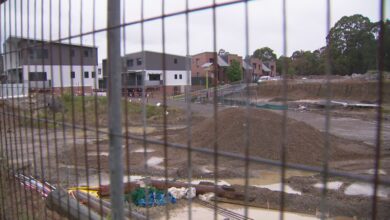STUDY LINKS CHILDHOOD LEAD EXPOSURE TO VIOLENT CRIME

A new study has found children living in suburbs with higher lead levels are more likely to commit violent crimes in early adulthood.
Macquarie University researchers analysed air lead concentration in six New South Wales suburbs including Boolaroo at Lake Macquarie and Port Kembla, as well as Lane Cove, Rozelle, Earlwood and Rydalmere in Sydney.
They also looked at crime data to see if exposure during childhood was related to rates of assault 15 to 24 years later, and allowed for factors known to affect criminal behaviours such as age, finishing high school and household income.
The study, published in the journal of Environmental Health, found environmental lead exposure during childhood was the strongest predictor of assault rates later in life.
“When comparing results between suburbs in New South Wales we found that for every additional microgram of lead in the air, assault rates 21 years later rose by 163 assaults per 100,000 persons,” said one of the authors, Professor Mark Taylor.
Mr Taylor says the findings have important implications for public health across the globe.




I believe the data is very skewed here and I am not condoning the exposure to lead.. I grew up in Speers Point and Boolaroo, even worked at the Lead Smelter and no one I know has committed any assualts or been involved in any crimes. Assaults in the Newcastle area have raised due to drug use and ease of access to it not because there was a lead smelter over 35 years ago. This is a ridiculous assumption and these people need to get their facts straight before falsely claiming sensationalistic claims that are offensive to entire communities. On behalf of the people of Speers Point and Boolaroo I suggest you go back and re-analyse your findings.
This is assuming that these people are still living in those suburbs 21 years later. Is this a longitudinal study following those people or merely trying to match two unrelated data sets?